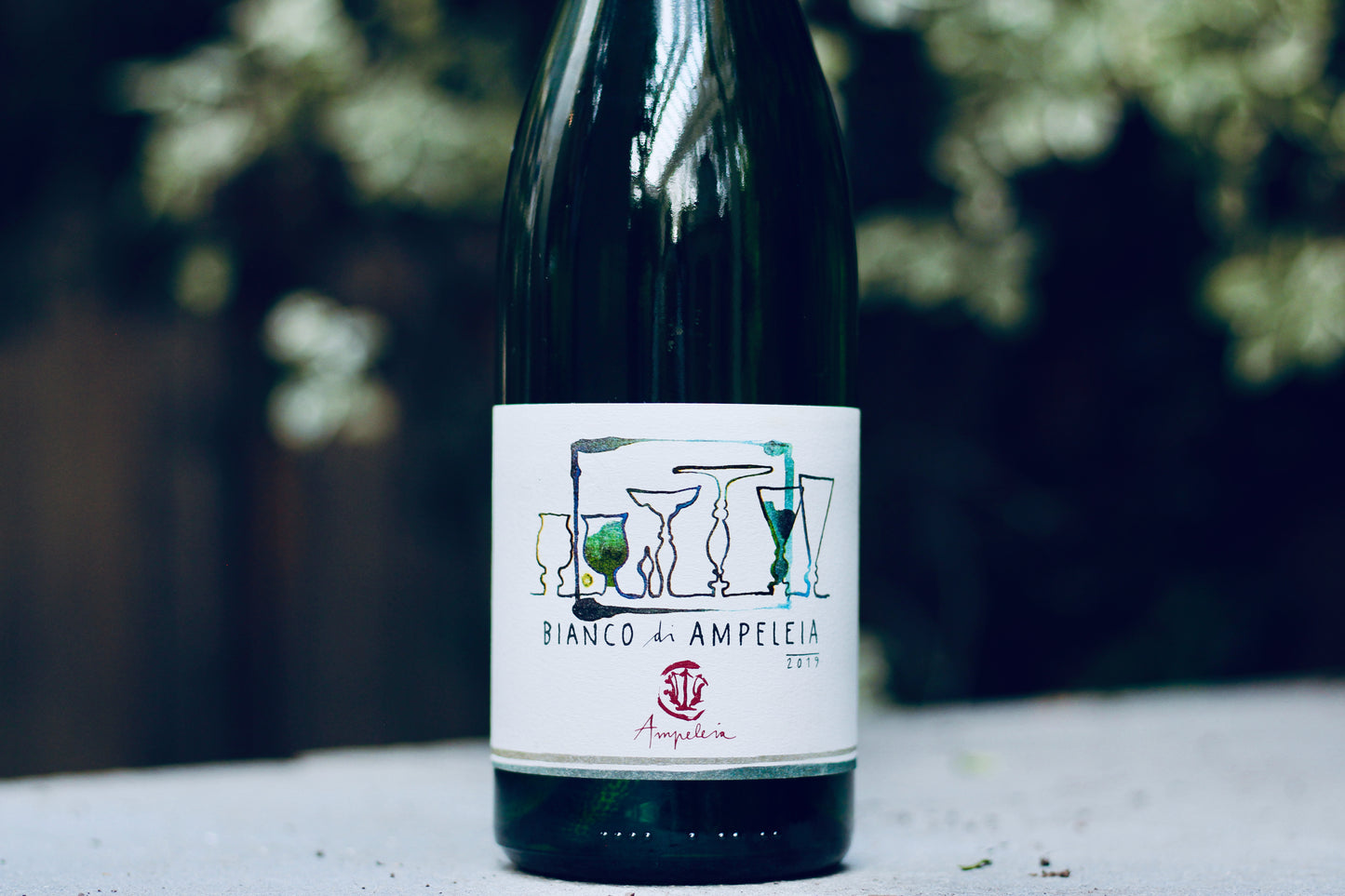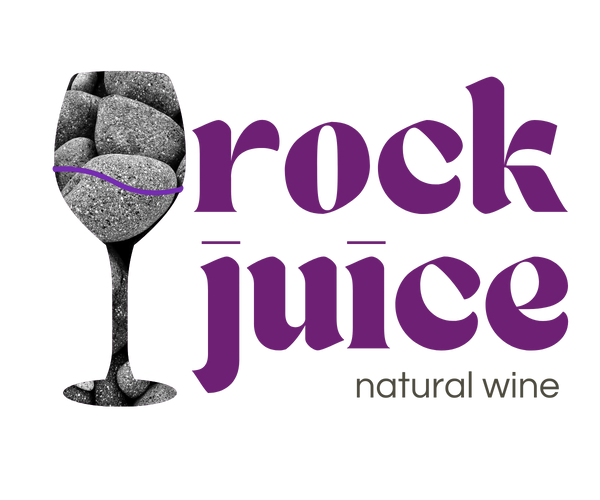2019 Ampeleia 'Bianco di Ampeleia'
2019 Ampeleia 'Bianco di Ampeleia'
Region: Maremma < Tuscany < Italy
Grape: 90% Trebbiano, 5% Ansonica, 5% Malvasia
Vineyard/cellar stats: Biodynamic farming; blend of two different elevation vineyards (300-600m) with varied soil composition; grapes are co-harvested and co-fermented in concrete vats, with 7-10 days contact with the skins, then aged on the lees for 6 months in concrete; bottled unfined/unfiltered with minimal added So2; 11% ABV
Winemaker: Elisabetta Foradori
The village of Roccatederighi sits in the southern part of Tuscany known as the Maremma. It is a sight to behold, seemingly carved out from the surrounding rocky terrain, with 11th century fortifications and cobble stones streets give one the feeling of stepping back in time. The main focal point of village is a large climbing rock that juts out from the landscape depicting a sense of strength and fortitude. When we first visited Ampelaia in 2009 the estate was still in its youth, the tasting room under construction. By the time our short stay had come to an end we had a new appreciation for the Maremma, a giddy enthusiasm for the potential of the land and the victorious feeling of conquering the "big rock" on a midnight, after dinner, hike. Such a unique and special place will never be erased from our memories.
Ampelaia was started by three friends lead by the famed biodynamic winemaker, Elisabetta Foradori. The winery started as a project to explore the full complexities and potential of the Maremma. The focus of the vineyards is not the costal lowlands usually associated with the Mediterranean but rather the mineral rich hills that have been mined since the Etruscan era. The vineyards are broken up into three distinct levels. Each level has its own elevation, soil composition and microclimatic conditions; a distinctive identity that is enhanced by the uniqueness of the surrounding environment. Variety is the keystone and soul of Ampeleia. Within this diversity, the estate focuses on Cabernet Franc and Alicante Nero, a distinctly Tuscan biotype of Grenache. Though Ampeleia owns around 120 hectares of land, only 35 are planted to vine, and 56 hectares are dedicated to other cultivations in an attempt to keep the landscape intact to promote biodiversity.
The first vintage of 'Bianco di Ampeleia' was 2016. A neighbor's vineyard had old vines of a local biotype of Trebbiano Toscano, the cuttings of which the team used to start their own planting in 2013. The vines (Trebbiano, Malvasia and Ansonica) are planted together in a true field-blend fashion, with the three varieties interspersed through the vineyard. The wine spends 7-10 days on the skins -- not enough time to extract real tannins -- making this the perfect starter orange wine. Balanced and bright on the palate, you get pretty seasonal notes of orange peel, golden apple and pear, gingerbread and nuts. Pair this with holiday cookie making and gift wrapping as you dream of a Covid-free coastal vacation next year.
Couldn't load pickup availability


